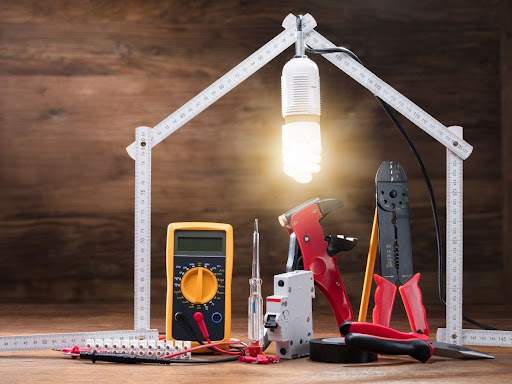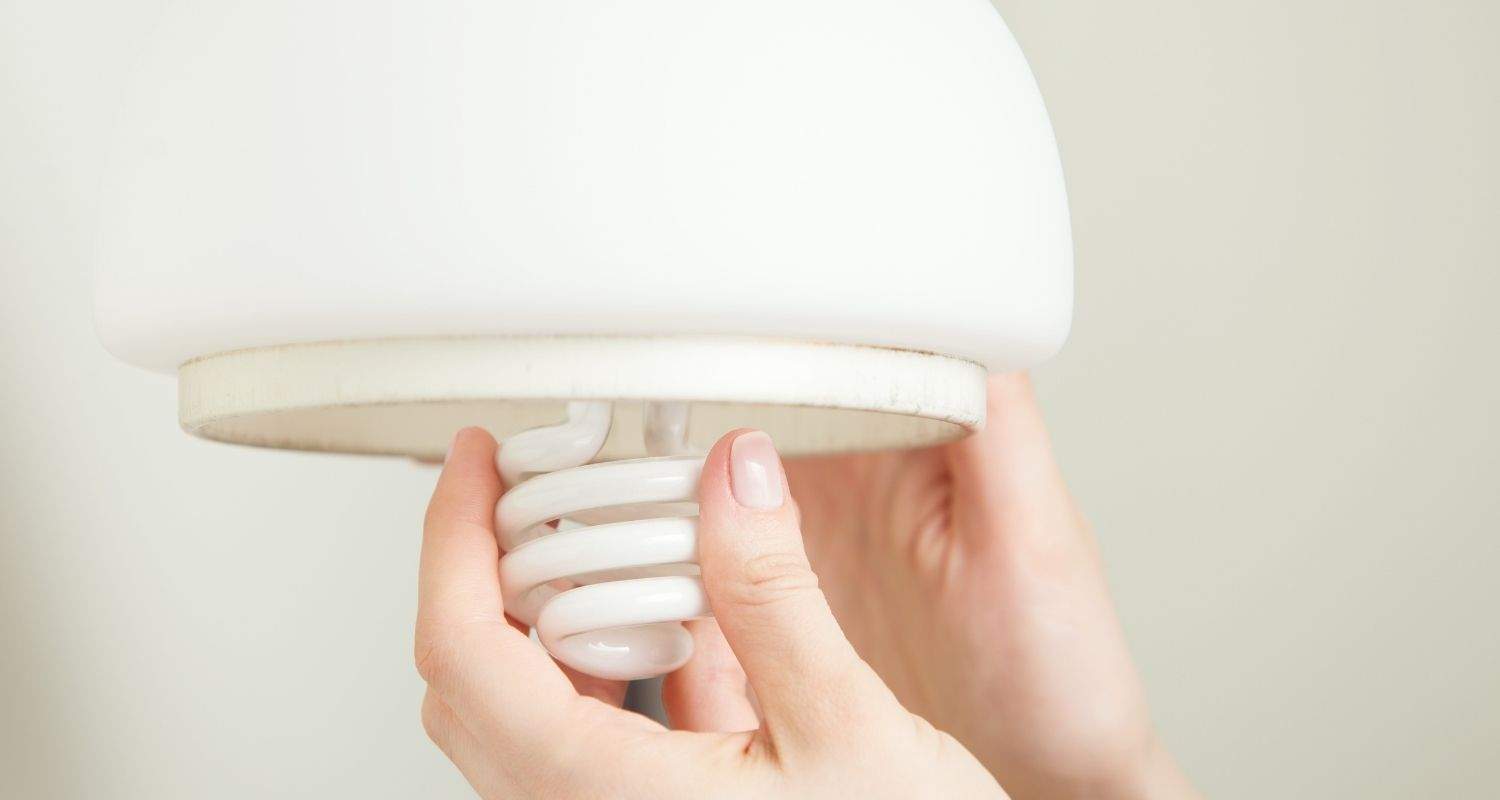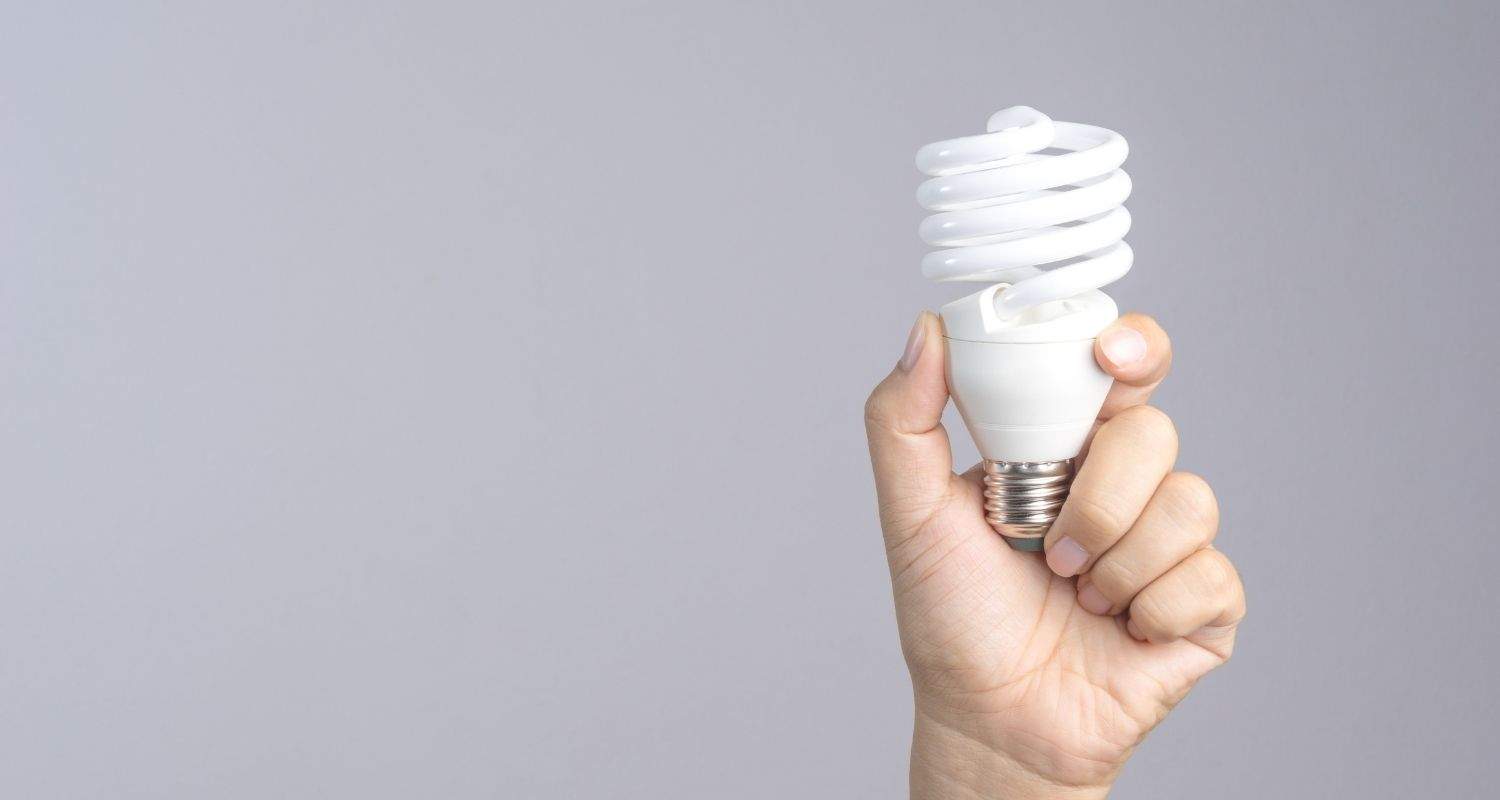Table of Contents
How to Install Fluorescent Lighting
While it may seem daunting, upgrading fluorescent lighting is rather straightforward. Of course, changing a normal incandescent light bulb is the easiest job. However, you may find yourself pausing when it comes time to replace a long, tube-style fluorescent light whose bulb removal from the housing is not immediately clear.
- Ensure that the power has been turned off. Before replacing a fluorescent light, make certain the fixture is turned off. Don’t just turn off the fixture’s electricity through the wall switch. You can disable the lamp’s circuit by using the fuse box. Verify that the fixture is not actively powered using a voltage tester.
- Assemble a stepladder or other method of support. Almost certainly, you will be unable to reach the fluorescent light fixture from the ground level easily. Place a stepladder under the fixture to allow for comfortable (and safe) light replacement.
- Rotate the first tube 90 degrees in the other direction. Reach up with both hands and gently support the first fluorescent tube, keeping your hands as near to the bulb’s ends as possible. You will be able to rotate the tube a quarter-turn in each direction until it comes to a halt. This motion aligns the prongs which protrude from either end of the bulb vertically, allowing the tube to glide lower and out of the fixture.
- Gently insert the fluorescent bulb into the slot. Place the tube gently out of the way (out of reach of children and pets), in an area where it cannot roll nor be disturbed.
- Insert the new fluorescent bulb. Align the new light’s prongs with the slots in both sockets to install it. Straighten the tube, insert it into the sockets, and rotate it 90 degrees until it feels secure. You can gently pull on the light to confirm that it’s securely in place.
- Repeat with the other light. Typically, fluorescent light fixtures are constructed with two tubes next to one another. Each tube is replaced in the same manner.
- Perform a test on the replacement bulb. Reactivate the fuse box switch and then the wall switch. Examine if the new fluorescent bulbs illuminate correctly, keeping in mind that fluorescent lights take about a minute to achieve peak brightness. If the replacement bulbs do not operate correctly, it is possible that a component in your light fixture is damaged – and must be changed.
Important Safety Tips
- When replacing bulbs, always allow sufficient time for the light to cool first. When you consider that certain bulbs (particularly incandescent) might generate more heat than they emit, it becomes critical to allow bulbs to cool before touching them.
- Never attempt bulb replacement with your bare hands which might result in unintentional burns if the device has not cooled to a safe temperature. Occasionally, a bulb can break during the replacement process, and the shards of glass will end up in your palm. It’s advisable to use work gloves when replacing a bulb. If no gloves are available, a rag or towel will suffice.
- Never exceed the wattage specifications of a fixture. For example, employing a 200W solution in a 60W maximum fixture can result in fixture failure, bulb breaking and even electrical damage.
- Use only the fixture’s stated bulb types. While some lights allow for the use of different kinds of bulbs in the fixture socket, the majority will identify the most appropriate type. For instance, you cannot just put an LED bulb into a fluorescent light which has not been modified to accept LED bulbs.
- A ground fault circuit interrupter (GFCI) is critical for any electrical shock prevention system. Install a GFCI to provide additional outdoor and interior lights protection. If you do this work on your own, make sure to study and learn any safety precautions – or consider hiring an experienced expert to assist you.
- If you’re trying to resolve a wiring problem causing light to flicker, ensure that all power is turned off entirely. This includes both the switch and the circuit breaker which controls the light.
- Assure that lights are covered at any exposed places to heat. If you have a bulb that generates a lot of heat and is used in a hot place (such as over the stove, outdoor lighting, or garage illumination), the bulb should be covered. This will prevent glass from breaking if the bulb breaks due to the heat’s pressure. While this is an uncommon occurrence, it has occurred and is risky.
More information on fluorescent lighting can be found at greggelectric.ca. Visit us online or call us in Abbotsford at (604) 557-4734 today.






